To enlarge to full screen, click the [ ]
Chumash Story and Song
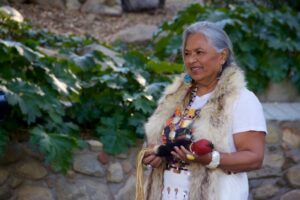 Julie Tumamait has traced her family’s Chumash ancestry as far back as the mid-18th Century. She is currently the Tribal Chair of the Barbareño/Ventureño Band of Mission Indians (Chumash). Julie is well known throughout Ventura County for her Chumash cultural education programs and also performs ceremonies and songs.
Julie Tumamait has traced her family’s Chumash ancestry as far back as the mid-18th Century. She is currently the Tribal Chair of the Barbareño/Ventureño Band of Mission Indians (Chumash). Julie is well known throughout Ventura County for her Chumash cultural education programs and also performs ceremonies and songs.
This Imagine performance includes a series of creation myths and Chumash songs, in the native language, using various hand-held percussion instruments for accompaniment. The red kelp bulb rattle has bear fur around the bottom. The clapper is made from elderberry wood. She holds a feathered ceremonial fan. Her skirt is decorated with many shells and her bracelet, earrings, and necklace are all made from shells. She also wears a coyote fur.
Her combination of storytelling and music focus on tales such as the Rainbow Bridge, a myth that explains how the Chumash people reached the California mainland from the Channel Islands by crossing a rainbow, and how those who looked down fell into the ocean and were turned into dolphins.
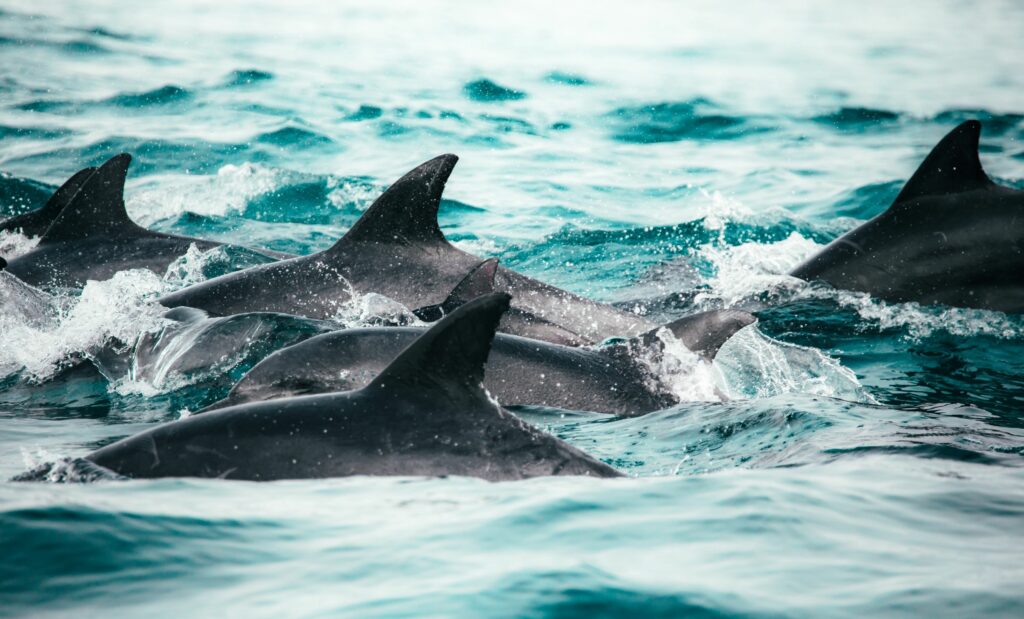
Other stories and intriguing ideas:
How did woodpecker get his bright red head? 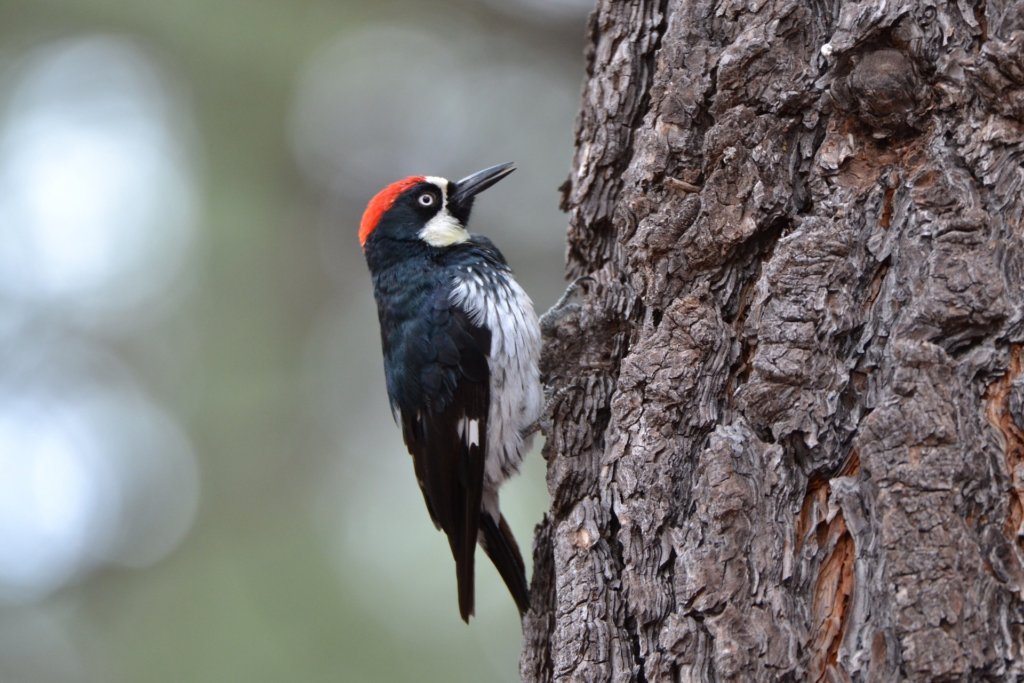
What does the word Ojai mean?
There was a Princess ruler!
How did coyote get the colors in his fur coat?
What does the word Chumash mean?
How did coyote learn to howl?
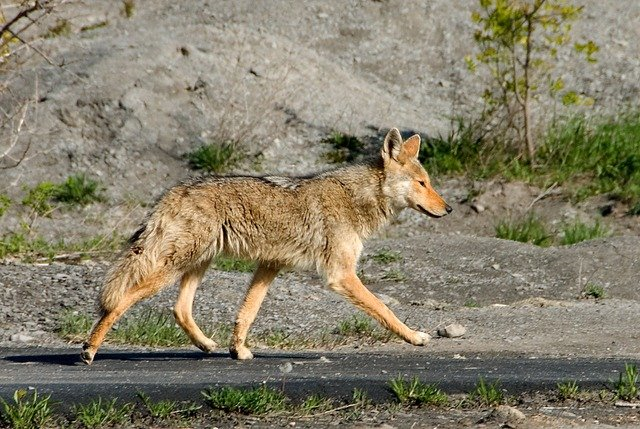
We also hear a song performed by Juana Maria, the Native American woman who lived alone for 18 years on San Nicolas Island during the 19th century before coming to the California mainland, where she died. Juana Maria’s story inspired the novel Island of the Blue Dolphins, which is read by our 4th graders (and most 4th graders) as part of the early California curriculum in that grade.
Here are some Chumash words that we are honored to learn. Learning another people’s language is a way to respect them.
hello is haku
thank you is wəyə
goodbye for now is kiwanan
These early-morning songs, performed beneath the canopy of oaks of the outdoor amphitheater at the Ojai Valley School’s Upper Campus, introduce students to the history of the Chumash people. Stories and songs help us to know that we must care for our world, and every living being. Music and storytelling continue to play a role in the culture and traditions of the native people who were the first to call the Ojai Valley their home.
Learn more about Chumash history at www.ojaivalleymuseum.org
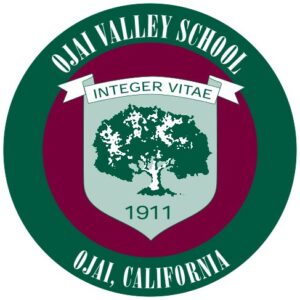
This performance is made possible by the Ojai Valley School –Barbara Barnard Smith Fund, a Designated Endowment Fund of the Ventura County Community Foundation. Thanks to Professor Smith, these funds annually open the doors to an engaging multicultural experience for students, teachers, parents and the community, truly a world view of music. Ojai Valley School is indebted to Professor Smith for her foresight and generosity.

